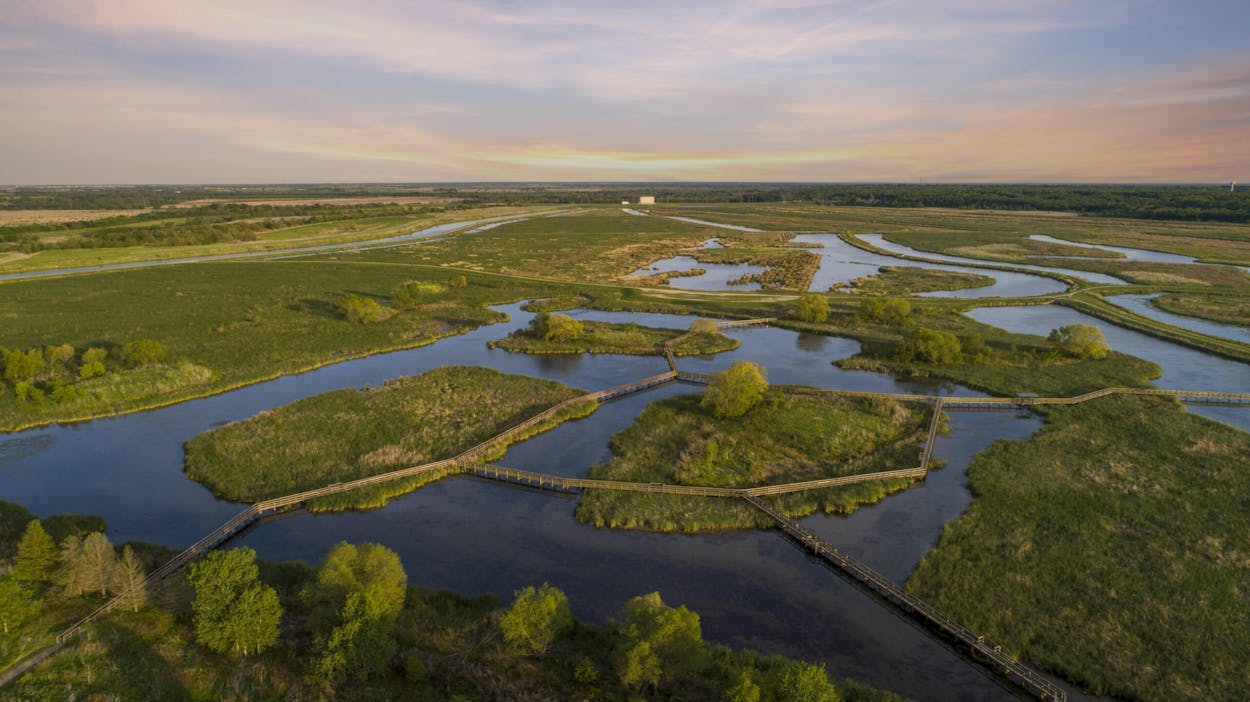Twenty-five miles southeast of Dallas, a boardwalk meanders over a lush, sprawling wetland. Patches of Southern cattail, their velvety hotdog-on-a-stick seedpods swaying in the breeze, mix with plants like American wild celery, whose flexible green blades undulate in the water. Fish slap the water’s surface and insects buzz. Stick around long enough and you might spot a river otter, too.
But the aesthetic beauty of the East Fork Water Reuse Project at the John Bunker Sands Wetland Center, the largest manmade wetland in the United States, tells just part of the story.
Aquatic plants and sunlight at the 1,840-acre project, finished in 2009, naturally filter treated wastewater from the Trinity River, removing sediment, heavy metals, and nitrogen. The water is then piped back to Lavon Lake, where it’s blended with other supplies and ultimately becomes drinking water for 10 North Texas counties.
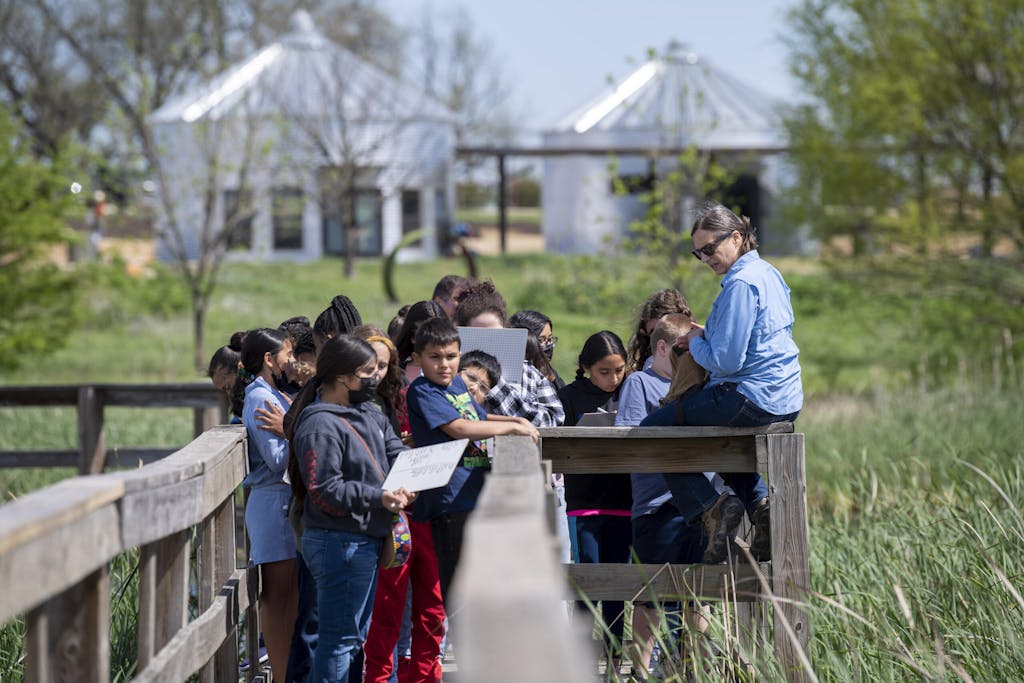
“Instead of water just going to the treatment system, they’re using natural filtration to filter out the water and allow it to be cleaned before it’s released and reused,” says Suzanne Scott, director of The Nature Conservancy in Texas.
It’s one example of how so-called “nature-based solutions” can put nature to work – and at the same time provide a place where humans can recharge in a beautiful setting.
Texas has the highest annual growth rate in the country. That population pressure has triggered increased land fragmentation and conversion of open space to developments.
About 2.2 million net acres of working lands — including more than 1.1 million in the last five years alone — were converted to non-agricultural uses between 1997 and 2017, according to the Texas A&M Natural Resources Institute Land Trends Report. Most of that change has occurred around urban centers.
“We’re losing our natural buffers,” says Kathy Jack, Ph.D., climate program director for The Nature Conservancy in Texas. “Cities and storm water drainage networks can’t keep up. We’ve designed their infrastructure for smaller populations and different rainfall patterns.”
But nature-based solutions can mimic natural processes to do some of the work cement culverts, asphalt parking lots, and concrete seawalls have traditionally done — all while contributing to the overall beauty and biodiversity of our communities.
“You’re using nature to provide benefits to people – improving air quality, cleaning the water, preventing flooding, and reducing urban heat,” Dr. Jack says.
Floods
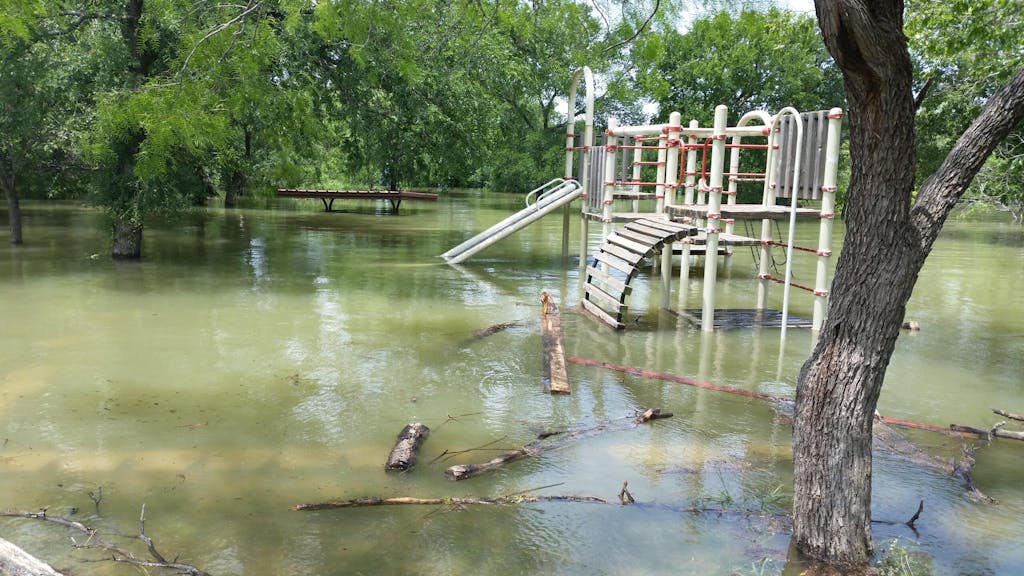
Every spring, flash floods rip across parts of Texas, flushing water down creeks and rivers, and sometimes flooding urban areas — and localized urban flooding is increasting in frequency. Powerful storms wallop the coast during hurricane season, sometimes inundating communities. Remember Hurricane Rita in 2005, Harvey in 2017, Hurricane Imelda in 2019, and Tropical Storm Beta in 2020?
The problem is only expected to worsen. According to a study by the Office of the Texas State Climatologist at Texas A&M University, flooding events in cities will become 30 to 50 percent more frequent by 2036 than recent historical averages.
Protecting and restoring natural systems like preserves or river corridors and incorporating ideas from the way nature functions into our urban landscape can help lessen the impact of those weather events.
Typically, cities engineer things to remove water as quickly as possible. But by shifting that way of thinking and using “bioretention areas” and rainwater gardens filled with water-friendly plants, we can slow runoff with and make better use of it.
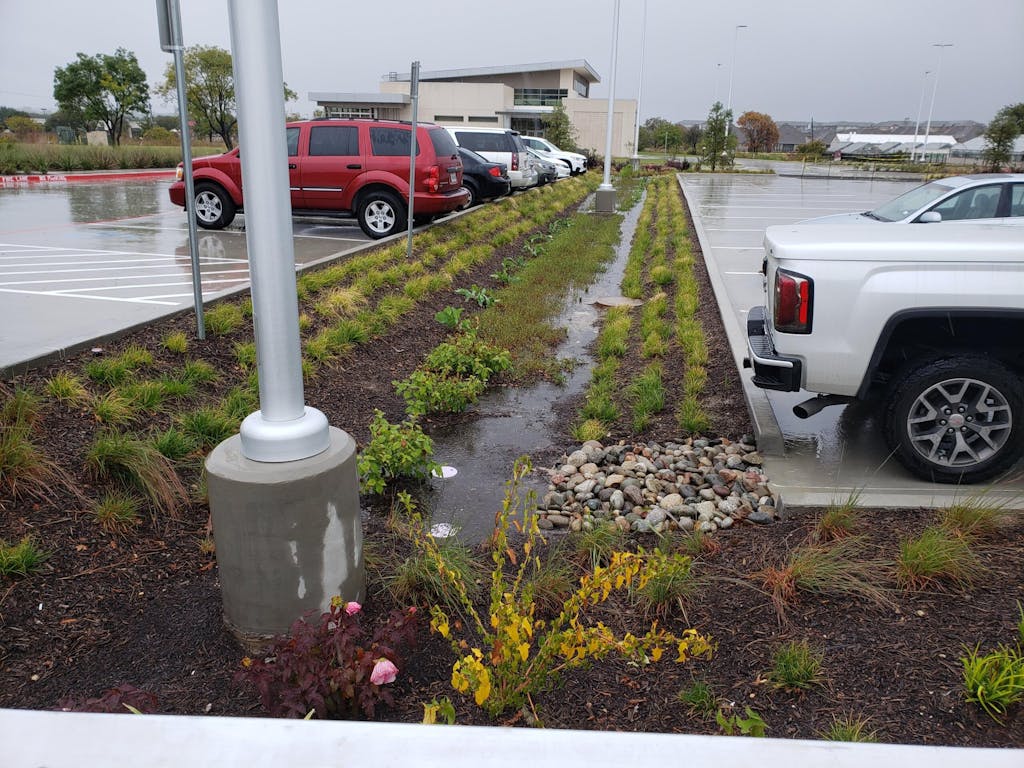
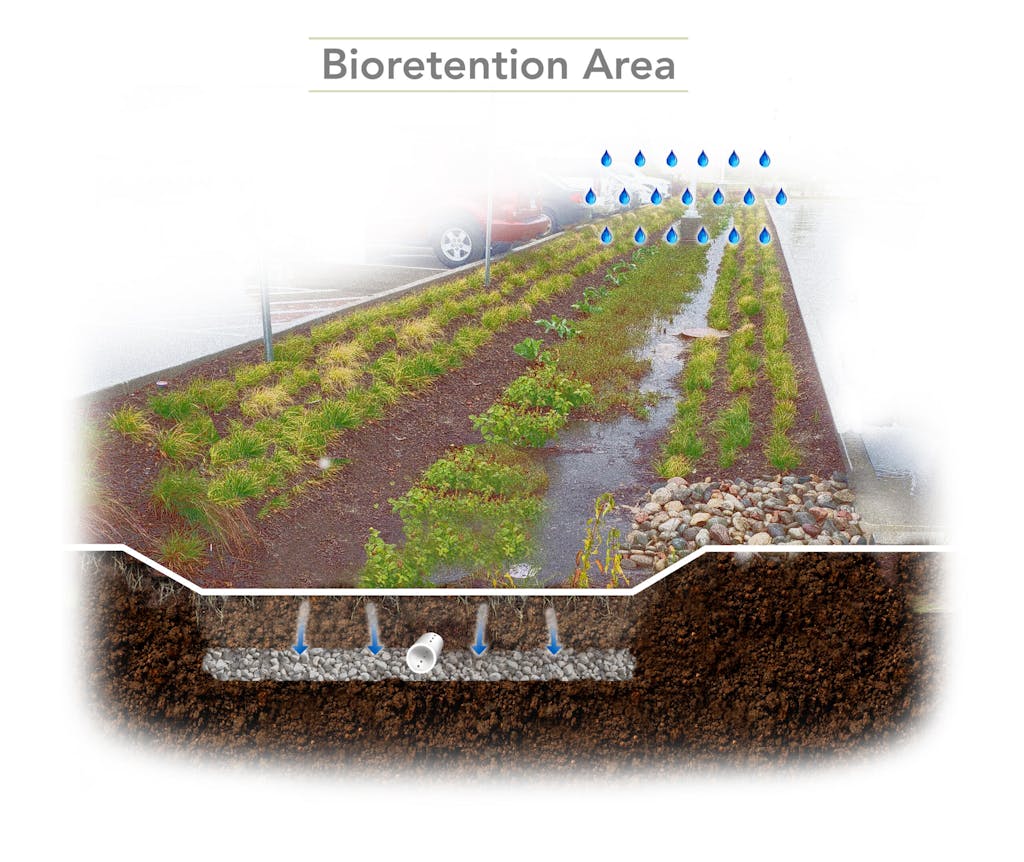
“Natural systems slow down runoff and help absorb it, helping to reduce impacts from flooding,” says Dr. Jack. “The key is integrating natural infrastructure at all scales throughout a watershed.”
Water Quality
And it’s not just flood control where nature can lend a helping hand. Nature-based solutions can improve water quality.
Think of a typical parking lot at a strip mall. You might see a concrete drainage ditch that leads, eventually, to a creek.
“That runoff could move into a vegetated rain garden in the parking lot,” Scott says. “Pollutants from the lot would be filtered out and released more slowly. By the time it hits a creek or drainage ditch, those contaminants have been removed.”
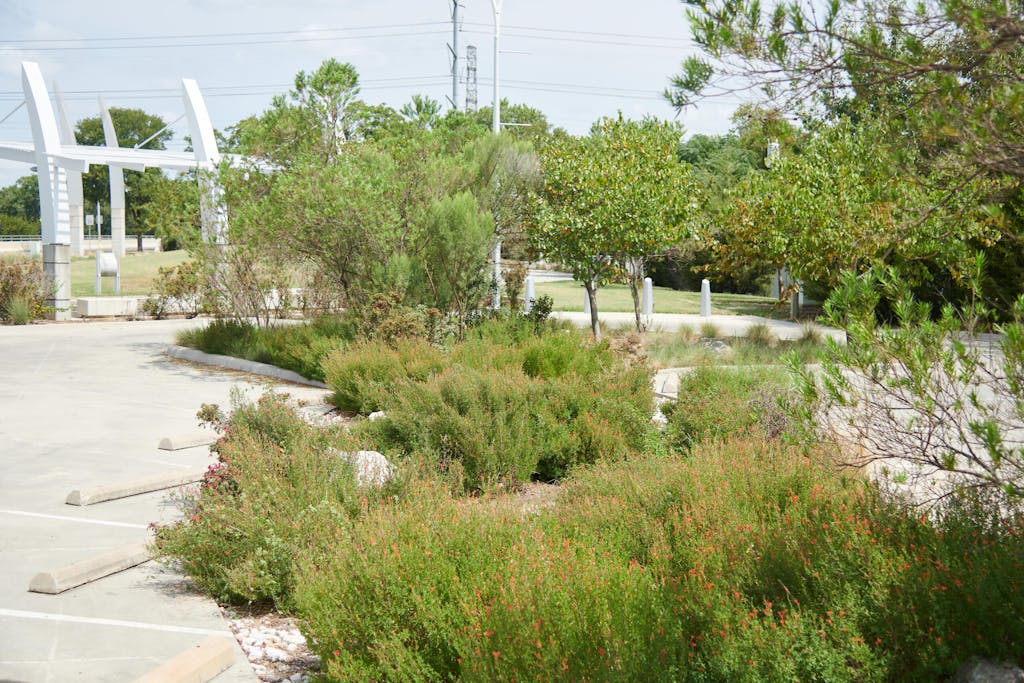
If techniques like these are used on a large scale, they can make a difference. The City of San Antonio and Austin’s Travis County, for example, have protected open space over the Edwards Aquifer, to slow water run-off as it percolates down into the aquifer.
“It’s using nature to capture the water and filter it and allow the aquifer to recharge,” Scott says.
Heat
Nature-based solutions can help us cope with heat, too.
“All of our cities experienced increased heat and drought this summer,” Scott says. “We believe nature can help us adapt to these changing conditions.”
Planting trees and increasing greenspace in areas prone to intense heat can lower temperatures in cities.

“It’s science-based decision making about where to re-introduce trees and native vegetation,” Scott says. “Everyone is realizing we need to bring nature back, because of the multiple benefits it offers cities in becoming more resilient as climate changes are happening.”
In cities, businesses can create green roofs – planting them with vegetation watered with repurposed condensation – that help cool a building. Vegetated areas along roadways can do the same. “It provides a nice amenity – landscaping – but it’s also functional,” Scott says.
Shade trees cool streets and rain gardens, which hold moisture in the soil, also help keep things cooler. “There are opportunities to cool whole neighborhoods by having streets that are more vegetated and shadier,” Scott says, pointing to the Gulfton community in Houston, identified in the 2020 Houston-Harris County Heat Watch Campaign as Harris County’s physically hottest neighborhood, as an example.
Along the Coast
“Living shorelines” can be created using natural materials like oysters, sand and plants.They protect shorelines, providing a barrier that slows erosion and damage from waves and storm surge. At the same time, they provide habitat for fish and other marine creatures. These natural elements can make a bigger impact than traditional “grey” infrastructure alone, and at the same time, they can address multiple challenges at once, Nature Conservancy in Texas officials say.
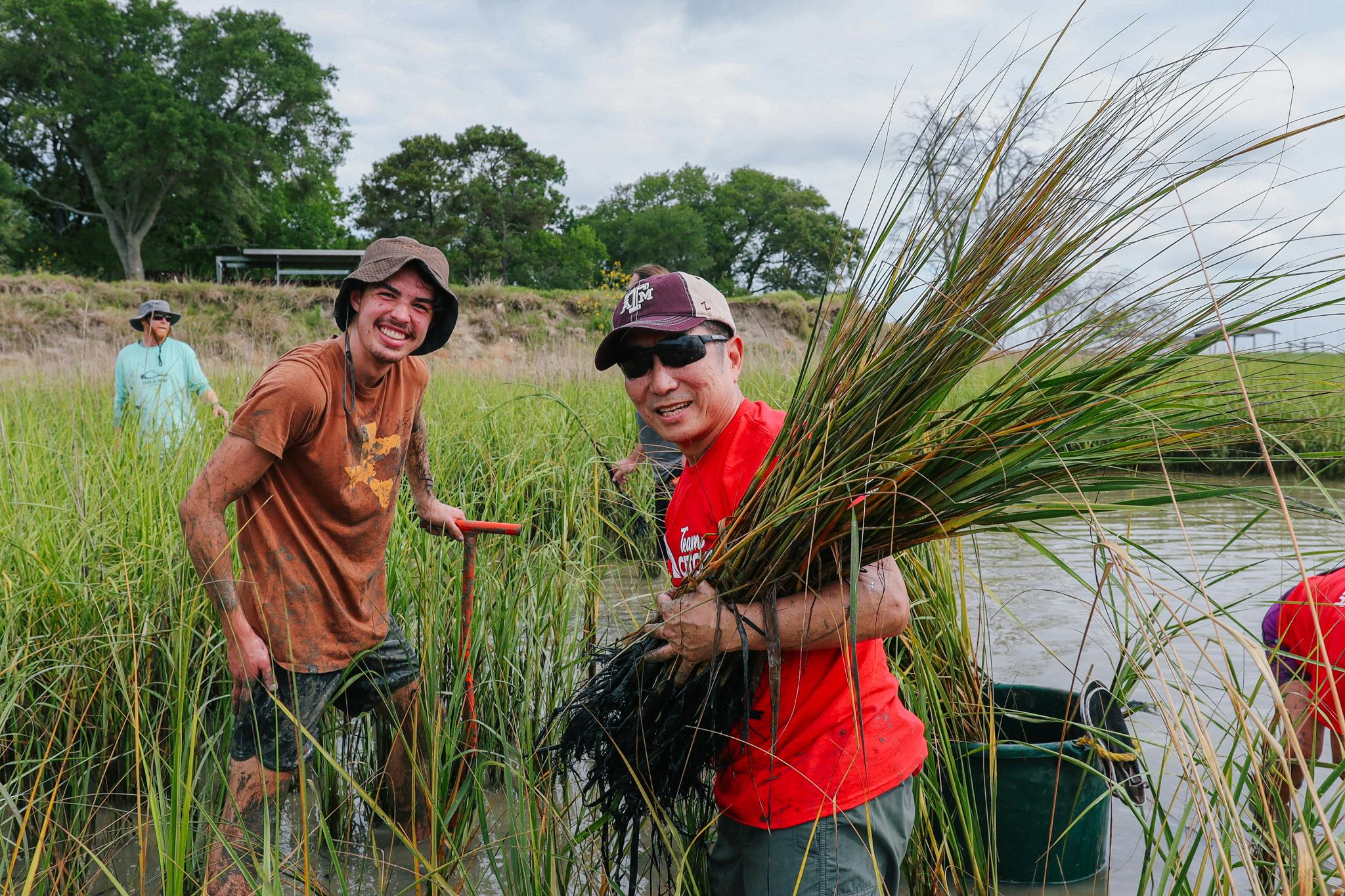
At Home
Even in individual houses, residents can make a difference.
Permeable pavement – or even gravel and rocks — that allows water to soak in rather than run off can help reduce flooding. Native, drought-tolerant plants provide shade, and rain barrels capture water that otherwise might run off.
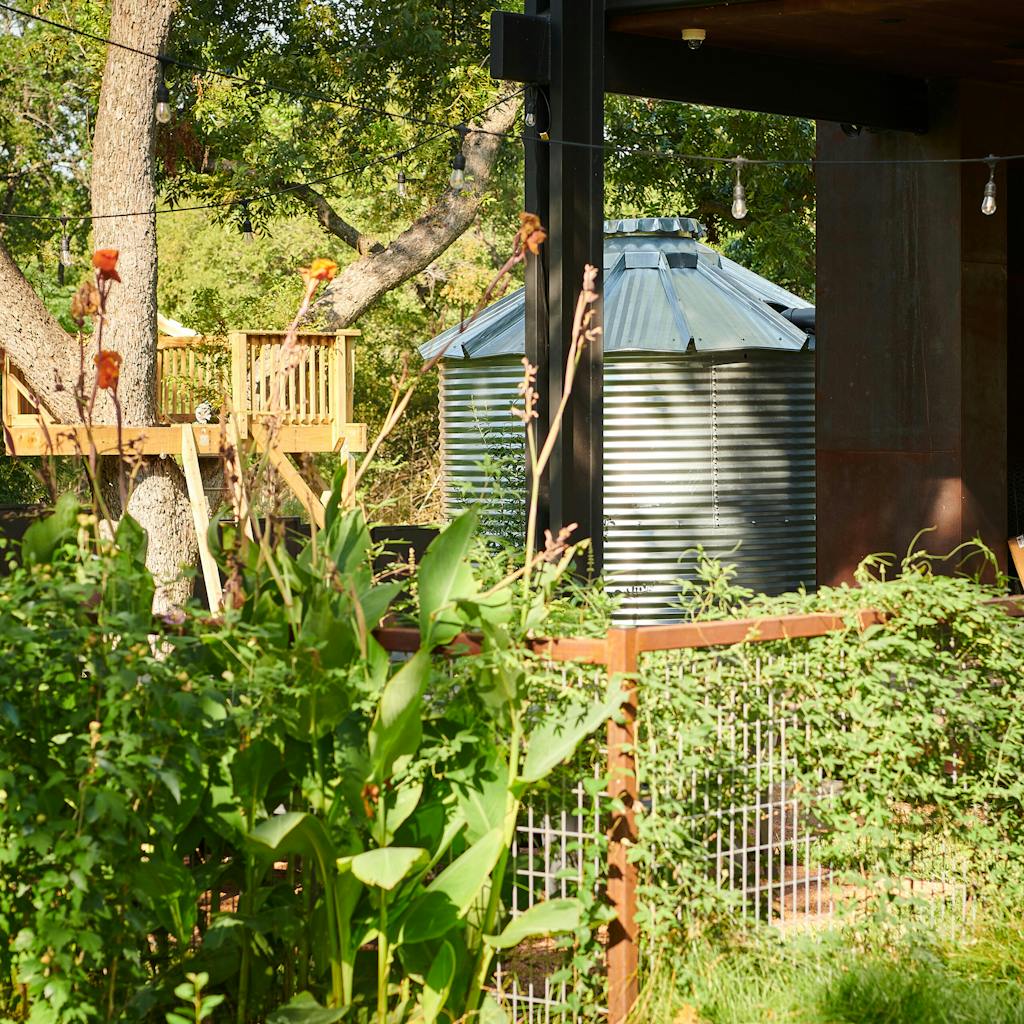
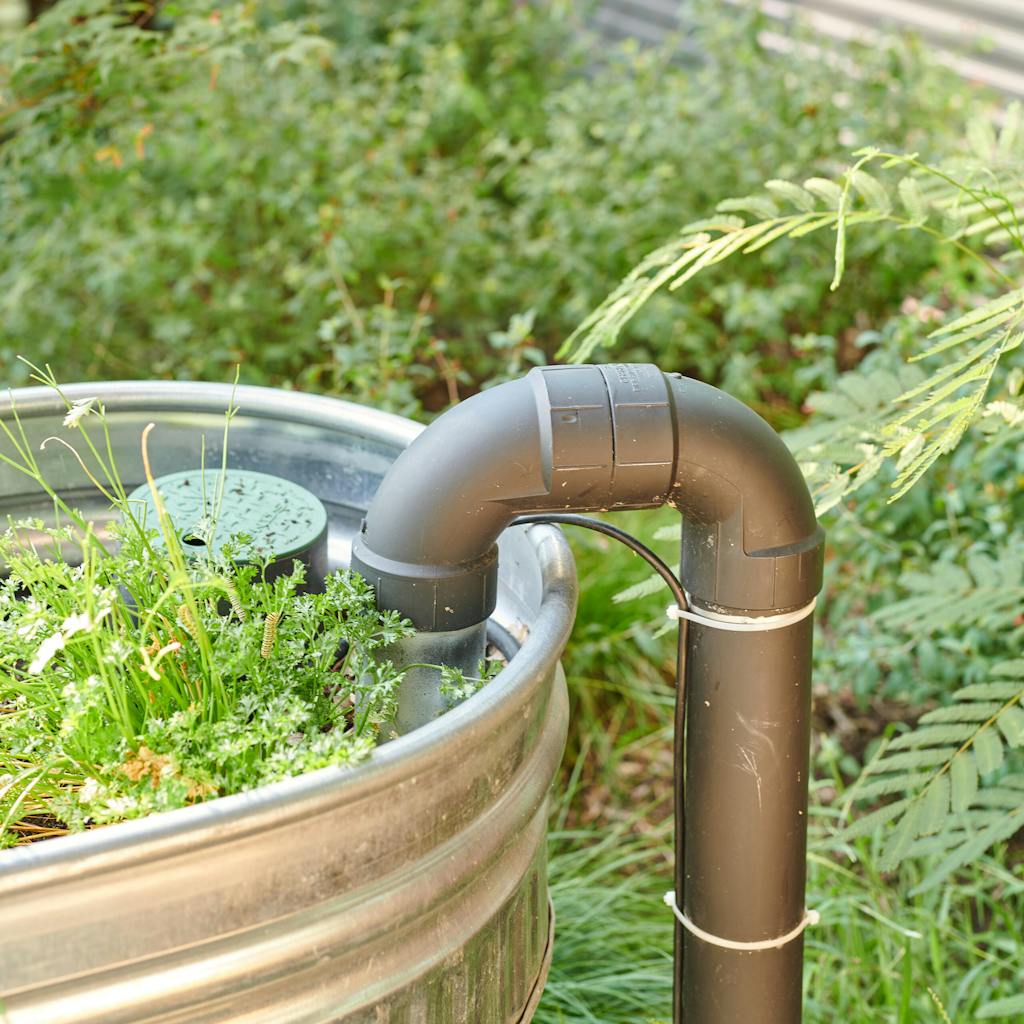
And how about native landscaping and a rain garden instead of a water-thirsty lawn?
“Native gardens are beautiful,” Scott says. “You can put a lot of plants in there that provide for bees, hummingbirds, and urban wildlife that is important to the ecosystem.”
A Shift
While nature-based solutions may not work in every situation, cities — and individuals — should consider them alongside more traditional options. Sometimes, hybrid, or “gray green” solutions that incorporate both traditional engineering and more natural techniques, work best.
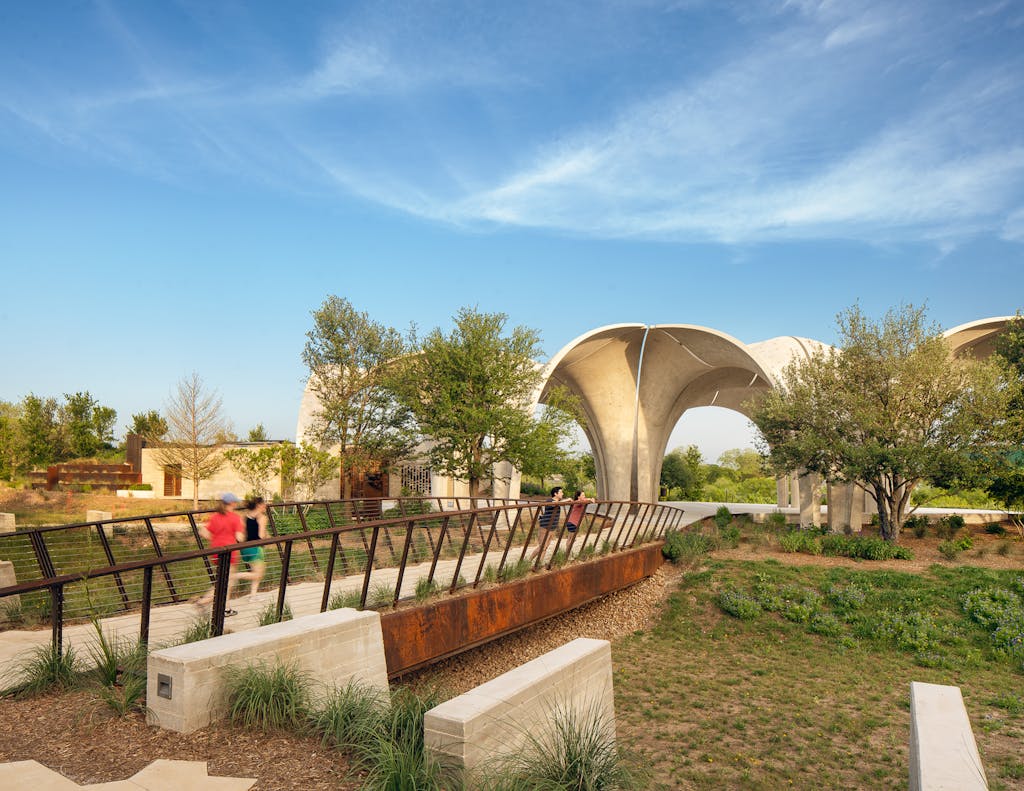
But to make it work, these ideas must become mainstream. And the only way to do that is to use nature-based solutions more often, and make them the design standard of choice, for both public and private development.
“We love parks and know they provide many benefits for people and the environment. As our state continues to grow, we can take those concepts and spread that into all infrastructure decisions,” Scott says.

